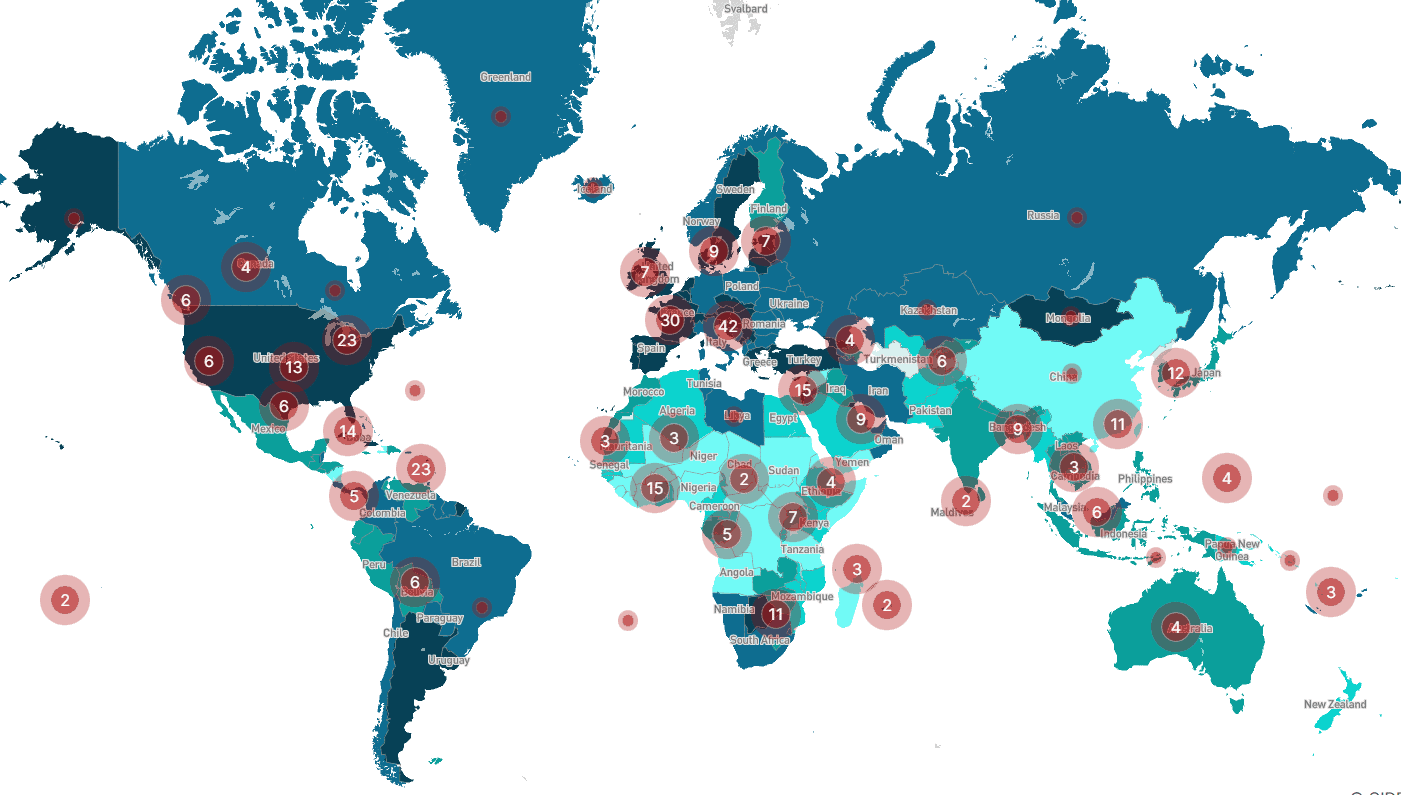References
[1] WHO Coronavirus (COVID-19) dashboard,” Who.int. [Online].
[2] SARS,” Cdc.gov, 31-Mar-2022. [Online].
[3] CSR, “MERS outbreaks,” World Health Organization – Regional Office for the Eastern Mediterranean. [Online].
[4]CDC, “COVID-19 Pandemic Planning Scenarios,” Centers for Disease Control and Prevention, 03-Apr-2022. [Online].
[5] “If you’ve been exposed to the coronavirus,” Harvard Health, 12-Apr-2022. [Online]
[6] CDC, “Symptoms of COVID-19,” Centers for Disease Control and Prevention, 04-Apr-2022. [Online]
[7].Lauer, S. A., Grantz, K. H., Bi, Q., Jones, F. K., Zheng, Q., Meredith, H. R., Azman, A. S., Reich, N. G., & Lessler, J. (2020). The incubation period of Coronavirus disease 2019 (COVID-19) from publicly reported confirmed cases: Estimation and application. Annals of Internal Medicine, 172(9), 577–582.
[8] .Wang, Y., Chen, R., Hu, F., Lan, Y., Yang, Z., Zhan, C., Shi, J., Deng, X., Jiang, M., Zhong, S., Liao, B., Deng, K., Tang, J., Guo, L., Jiang, M., Fan, Q., Li, M., Liu, J., Shi, Y., … Tang, X. (2021). Transmission, viral kinetics and clinical characteristics of the emergent SARS-CoV-2 Delta VOC in Guangzhou, China. EClinicalMedicine, 40(101129), 101129.
[9] L. Jansen et al., “Investigation of a SARS-CoV-2 B.1.1.529 (Omicron) variant cluster – Nebraska, November-December 2021,” MMWR Morb. Mortal. Wkly. Rep., vol. 70, no. 5152, pp. 1782–1784, 2021
[10]CDC, “COVID-19 information for specific groups of people,” Centers for Disease Control and Prevention, 30-Mar-2022. [Online]
[11] CDC, “Risk for COVID-19 infection, hospitalization, and death by age group,” Centers for Disease Control and Prevention, 28-Mar-2022. [Online]
[12] CDC, “Assessing risk factors for severe COVID-19 illness,” Centers for Disease Control and Prevention, 26-Nov-2021. [Online]
[13] “COVID-19: Who’s at higher risk of serious symptoms?,” Mayo Clinic, 01-Mar-2022. [Online]
[14] R. H. Shmerling, “Which test is best for COVID-19?,” Harvard Health, 10-Aug-2020. [Online]
[15] “PCR test for COVID-19: What it is, how it’s done, what the results mean,” Cleveland Clinic. [Online]
[16]MAGICapp,” Magicapp.org. [Online]
[17] Katella, K. (2022, March 1). 5 things to know about the Delta variant. Yale Medicine.
[18]Cdc.gov. [Online]
[19]The fastest vaccine in history,” https://connect.uclahealth.org/. [Online]
[20]Office of the Commissioner, “COVID-19 vaccines,” U.S. Food and Drug Administration, 18-Apr-2022. [Online].
